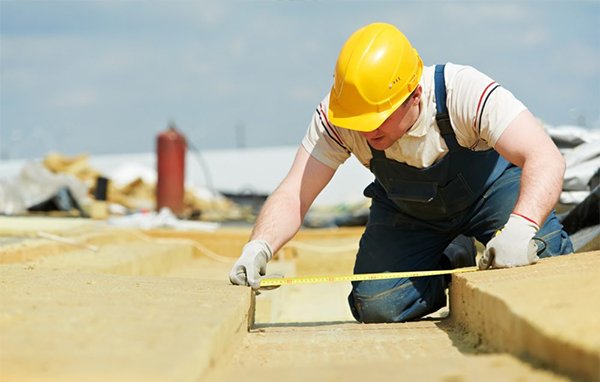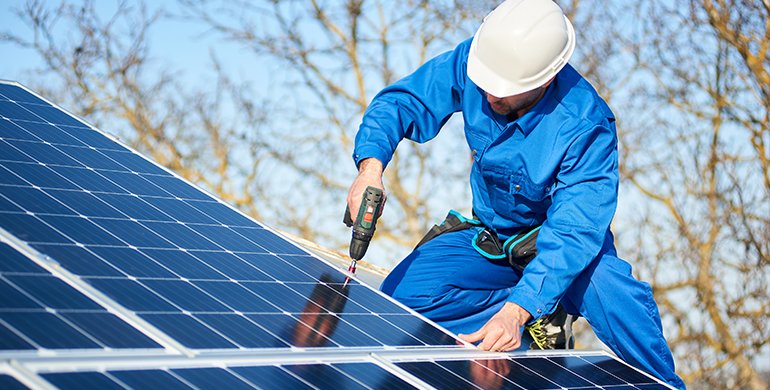Identifying a roof leak involves a systematic inspection, both inside and outside your home. Here’s a detailed guide to help you find and address the source of the leak.
Indoor Inspection
1. Check for Visible Signs: Look for brown or yellow water stains on the ceiling. These are common indicators of leaks. Peeling paint, warped walls, or mold growth can signal water intrusion. Feel for any dampness on the ceiling or walls, especially after a recent rain.
2. Inspect the Attic: Turn off the lights and check for any light shining through the roof, which could indicate holes or gaps. Look for water stains, mold, or damp insulation on the roof decking and rafters. Trace any water stains or dampness from the ceiling to the highest point in the attic to find where the water is entering.
3. Check for Mold or Mildew:
Musty smells can indicate mold or mildew, which often accompanies leaks.
Look for any black or green spots on walls or ceilings.
If you cannot locate the leak or if the problem appears extensive, consider hiring Elora Technical Services. We have specialized tools and experience to accurately diagnose and repair roof leaks.
Outdoor Inspection
1. Inspect the Roof Surface: Look for missing, cracked, or curled shingles. These can be entry points for water. Check around chimneys, vents, skylights, and valleys for damaged or missing flashing. Flashing is crucial for directing water away from seams and joints. Ensure gutters and downspouts are clear of debris and properly directing water away from the roof and foundation. Clogged gutters can cause water to back up and seep under the roof.
2. Check Roof Penetrations: Examine the base of vents and chimneys for cracks or gaps in the sealant or flashing.Inspect the seals around skylights for cracks or deterioration.
3. Look for Sagging or Rot:
Check for any sagging areas on the roof, which may indicate rot or structural damage. Inspect valleys (where two roof slopes meet) for any signs of wear or damage, as they can be prone to leaks.
Testing for Leaks
1. Water Hose Test: Use a garden hose to spray water on different sections of the roof, starting from the lowest part and working upward. Have someone inside to look for leaks. Test small sections at a time to pinpoint the leak.
2. Infrared Camera: Use an infrared camera to detect temperature variations, which can help identify wet spots and leaks behind walls or in the attic.


Y
our happiness begins with our waterproofing expertise.
Trust us to protect your home, keeping it safe and dry so you can focus on what truly matters. Elora Technical Services is well Knows of all kind of Waterproofing in the Market.
Please do not ignore waterproofing after any installation of solar panels or AC unites


